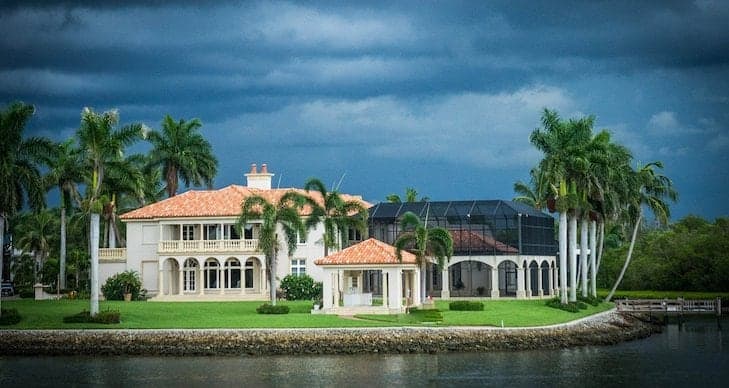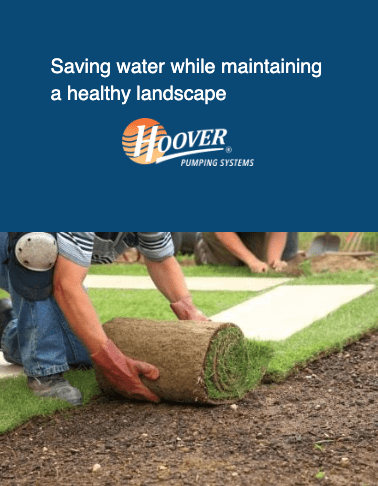
From the north to the south of the state, and from coastal to inland areas, conditions can vary wildly at any given time, and the temperature and rainfall figures range from torrential downpour to near drought depending on the season. In spite of this, the landscaping in much of the state is consistently lush, green and vibrant, from the trees and shrubs to the lawns. This plays a huge part in creating the kind of appealing ambience which draws millions of tourists to Florida every year. From commercial and government buildings to private residences, the people of Florida revel in the fact that they can open a door or window throughout the year and enjoy nature at her very best.
All of this is possible, thanks to modern irrigation systems and developments in irrigation technology.
At Hoover, we have decades of experience providing some of Florida’s most reliable irrigation solutions. We’ve built an irrigation company providing engineering excellence, state of the art smart irrigation tools and a wealth of experience in the irrigation demands of the Florida climate and its varied landscapes. What we do best, of course, is putting together bespoke irrigation solutions designed to deliver just as much water as is needed to maintain plant life without wasting water or energy - or both.
In this post, we’d like to share with you some tips and advice around a question we’re often asked, and that is, “What’s the proper way to irrigate?”.
Although the rules and statutes regarding water usage vary in different parts of the state and are regularly revised, the overriding aim of any legislation is to protect valuable water resources and encourage best practice. Efficient irrigation and water delivery systems are designed to keep waste down to the absolute minimum while maintaining outstanding landscape health and beauty.

As would be expected for anything which needs a bespoke solution, irrigation can be an extremely complex issue, with the differing requirements of every space and the plants growing there calling for different measures. There are, however, a few basic fundamentals of effective irrigation and we’ve concentrated on turf (grasses) and trees for the following tips:
The good news for landscapers keen to work with the widest possible variety of plants and foliage is that those plants which are native to Florida do not require extra irrigation. Studies have shown that shrubs native to Florida require the same level of irrigation as those originating elsewhere.
In simple terms, proper irrigation is best achieved when you have a well designed and built irrigation pump station and a system that responds quickly and effectively to the environmental demands of any location and the plants within it. It should be possible to take into account such conditions and issues as the depth of the plant root zone, the water-holding capacity of the soil and the degree of natural evaporation. The irrigation system should be configured to deliver an amount of water which maintains plant health, fills the soil water reservoir and doesn’t result in gravity drainage or runoff. It should have built-in irrigation technologies that allow you to monitor on-going use in real-time and make adjustments as and when they are needed. They should provide vital data and reporting so that any user – whether commercial or residential – can gauge the return on investment they are getting. For example, reducing water wastage through the early detection of leaks, which could otherwise prove to be extremely costly.
The result will be well-watered plant life and the kind of lush surroundings which Florida residents and visitors alike love so much.
pdf Download This Article Here!(1.23 MB)
